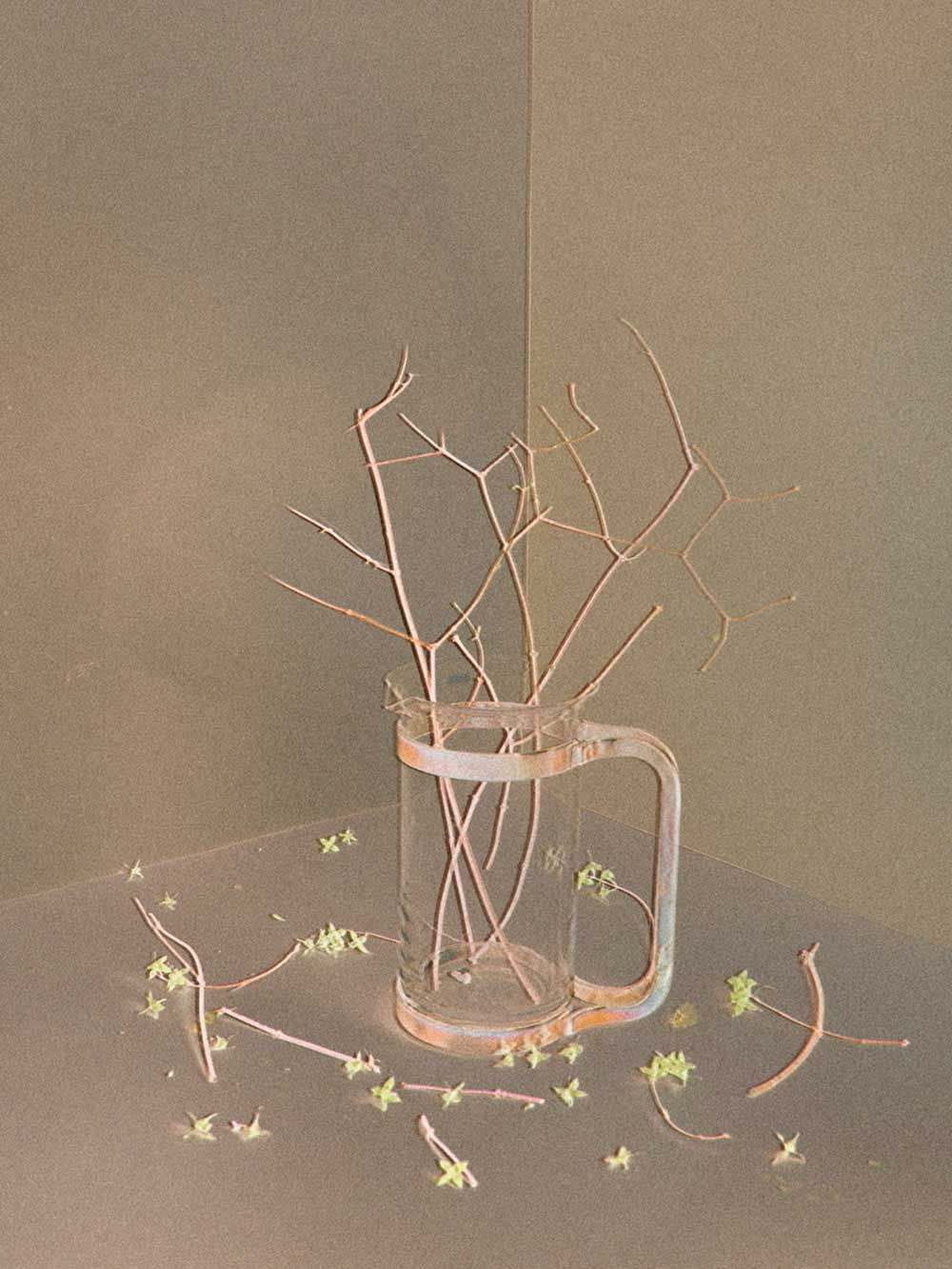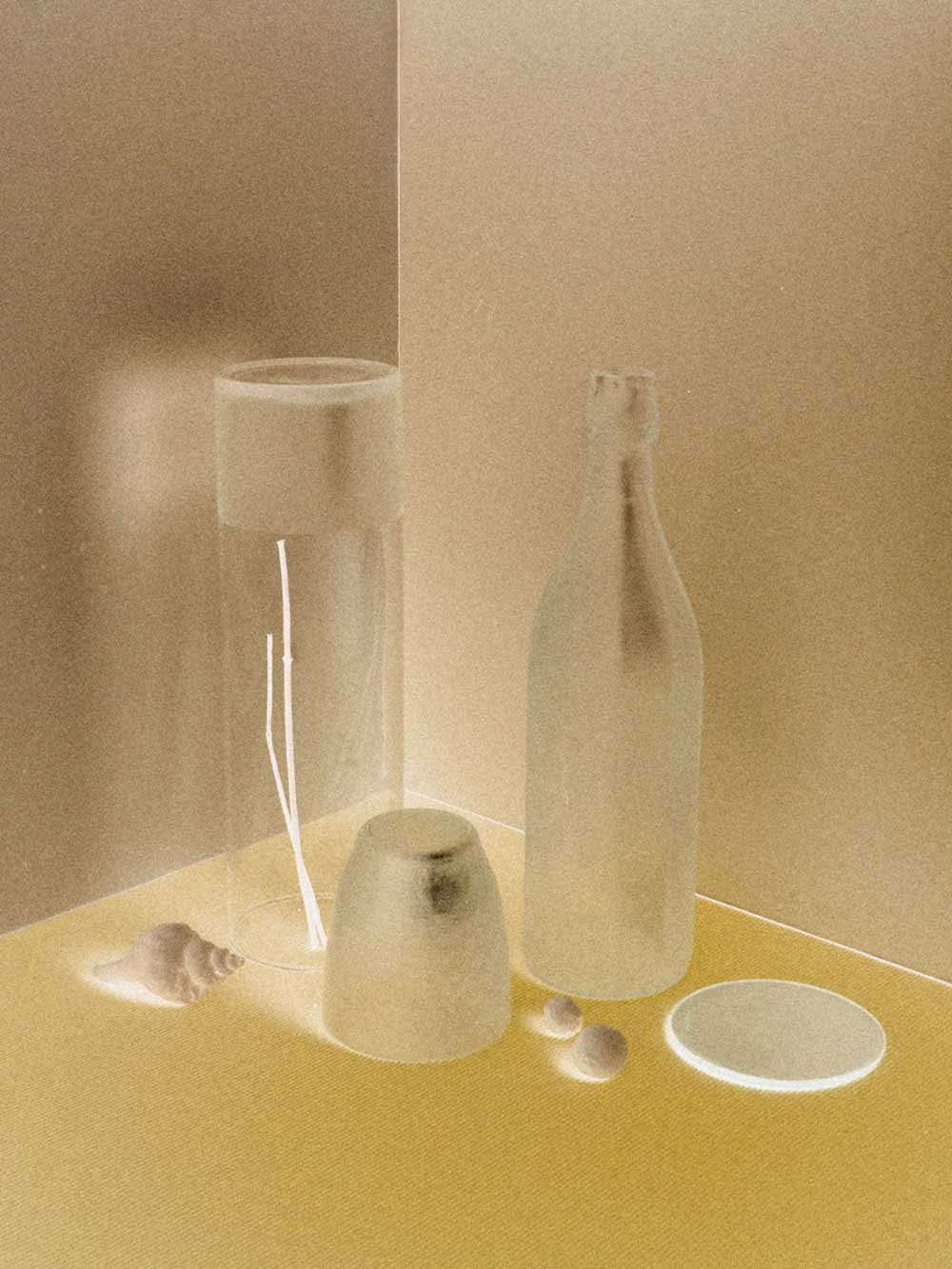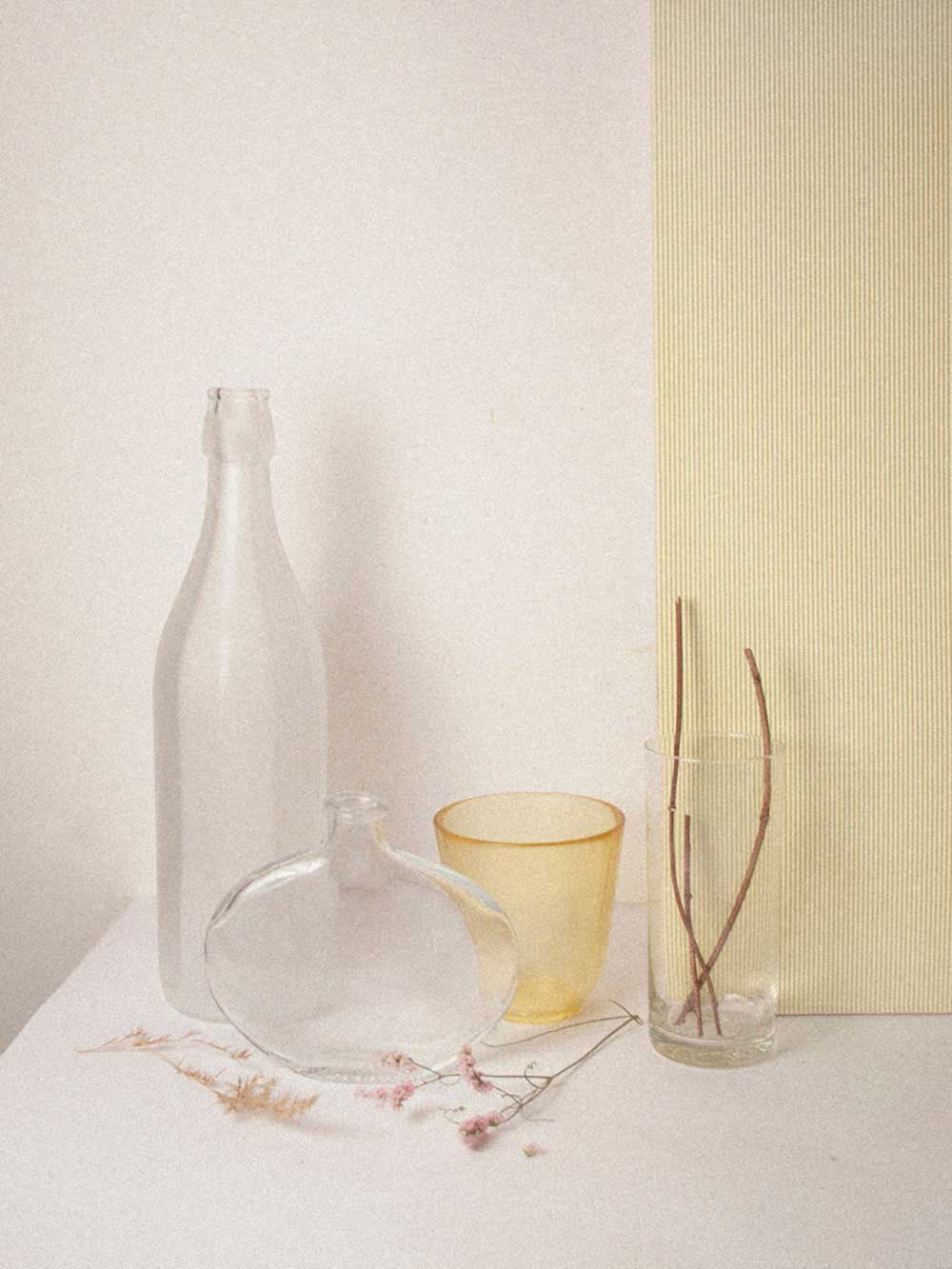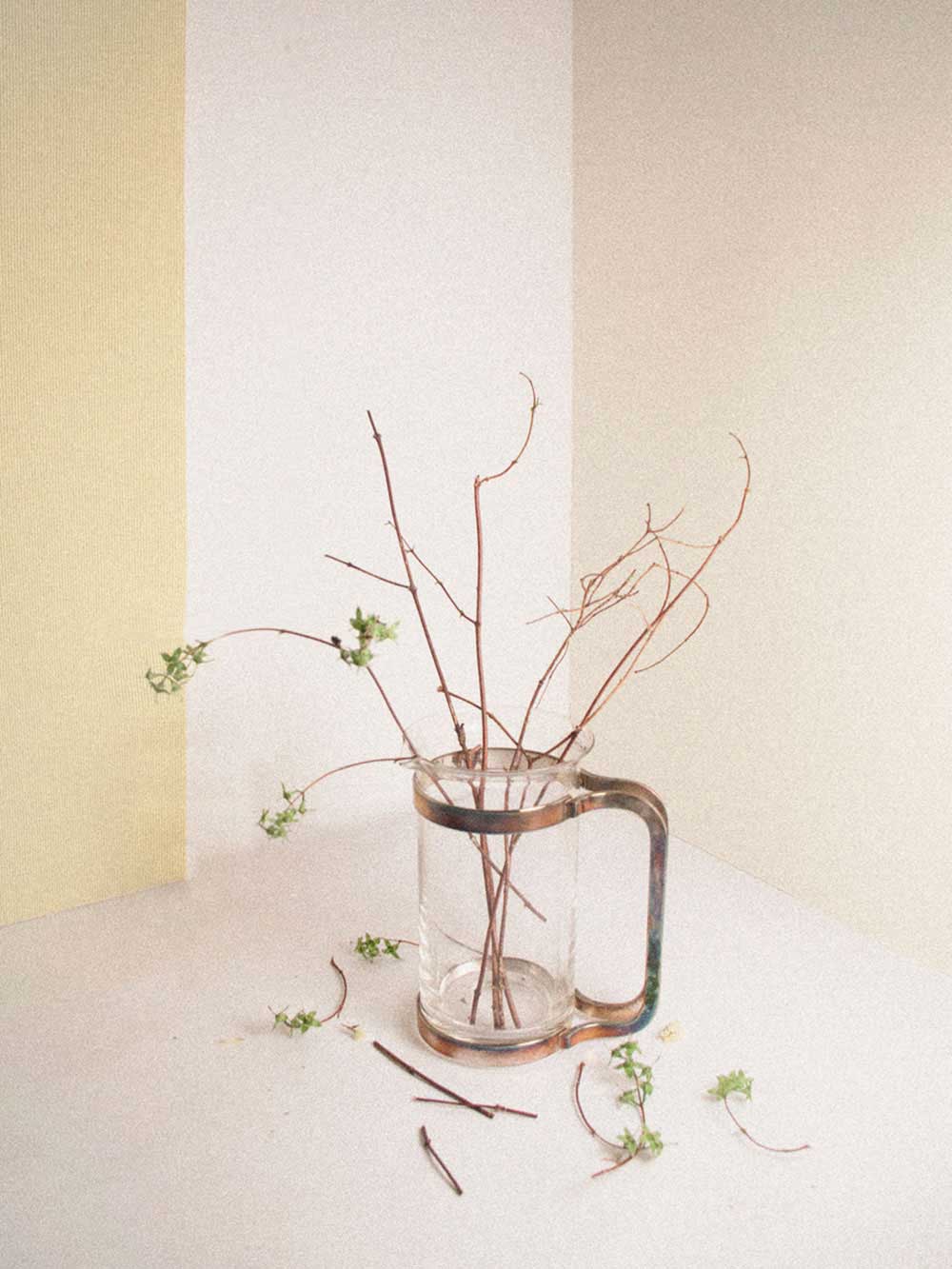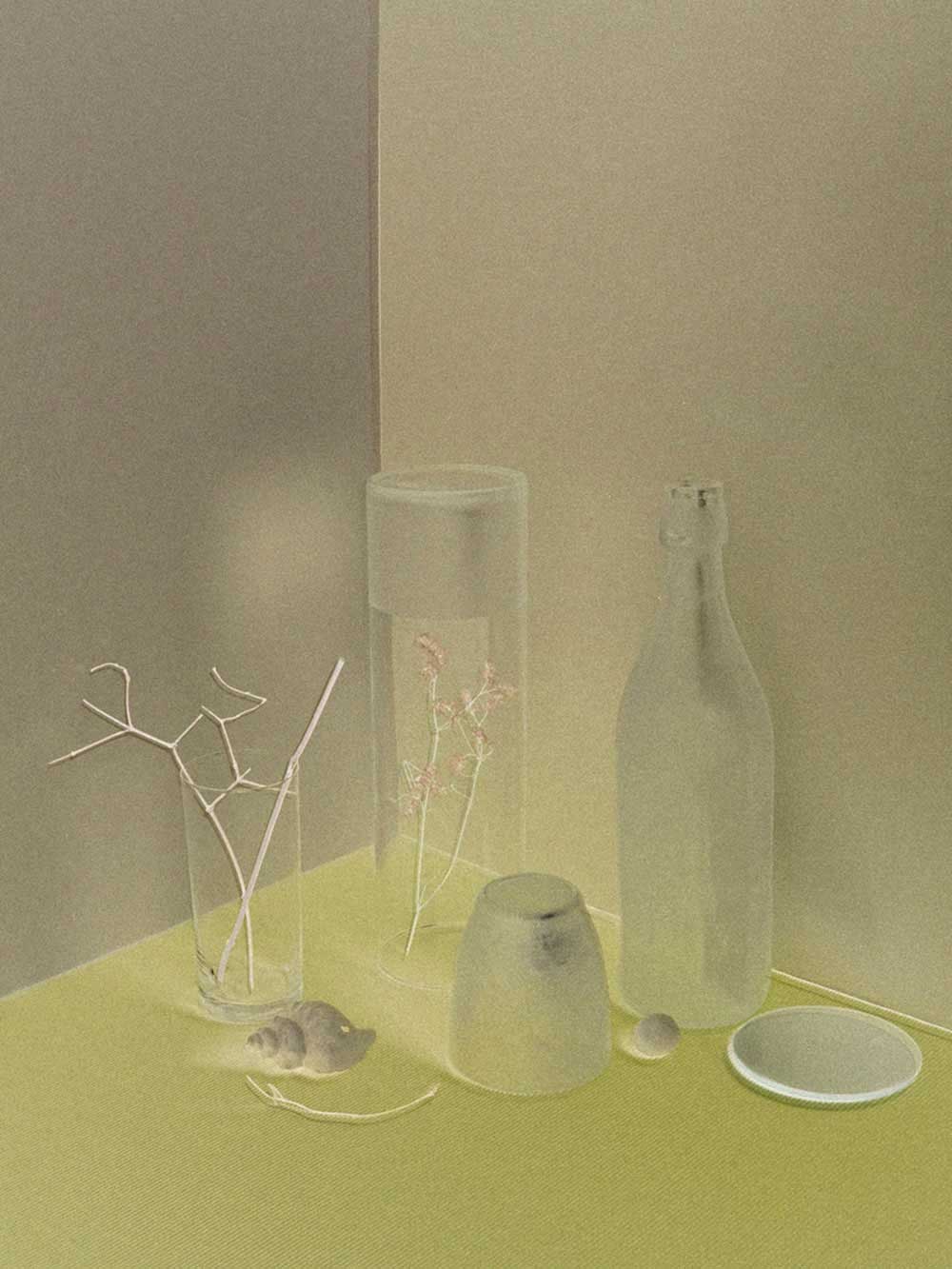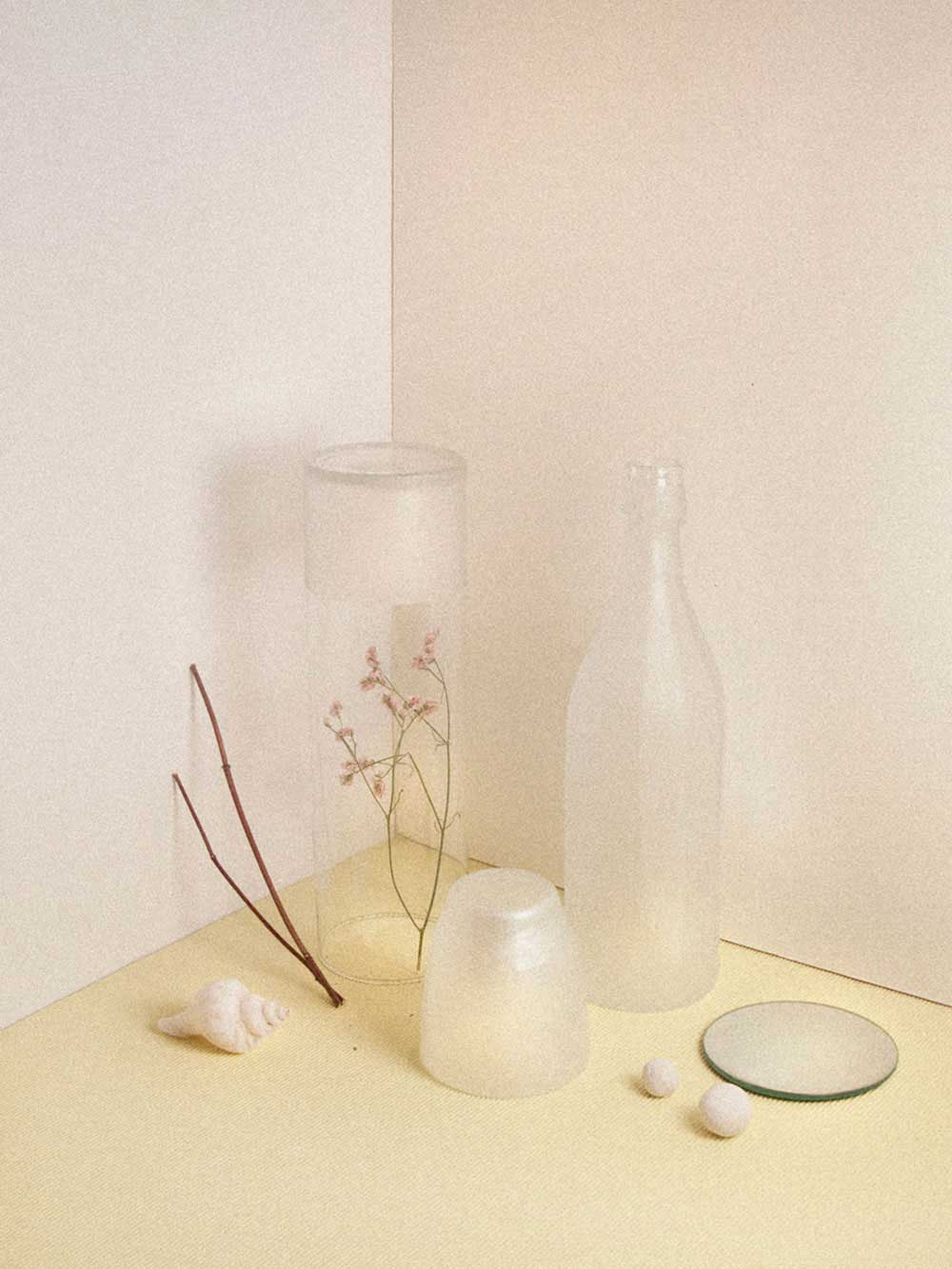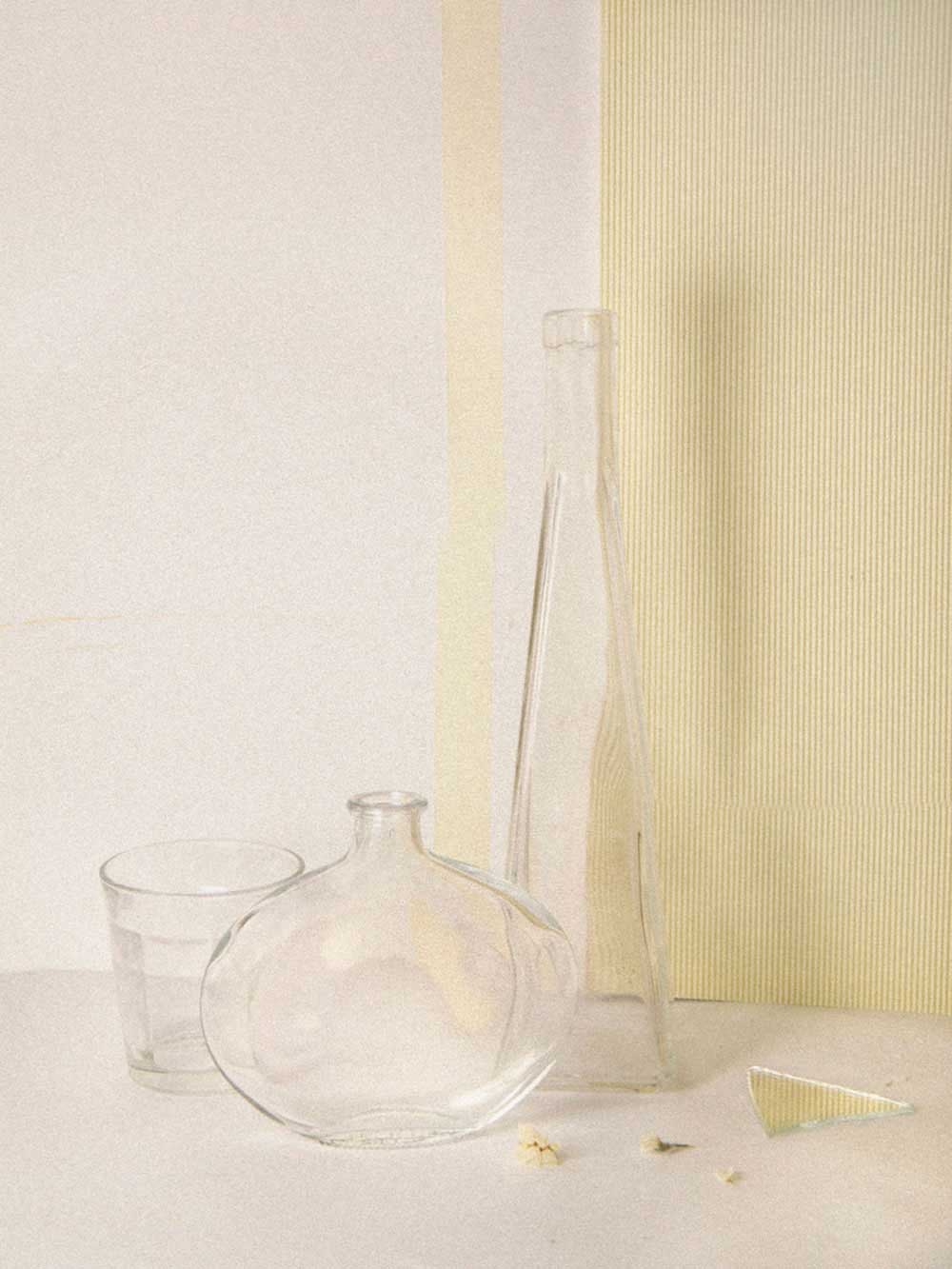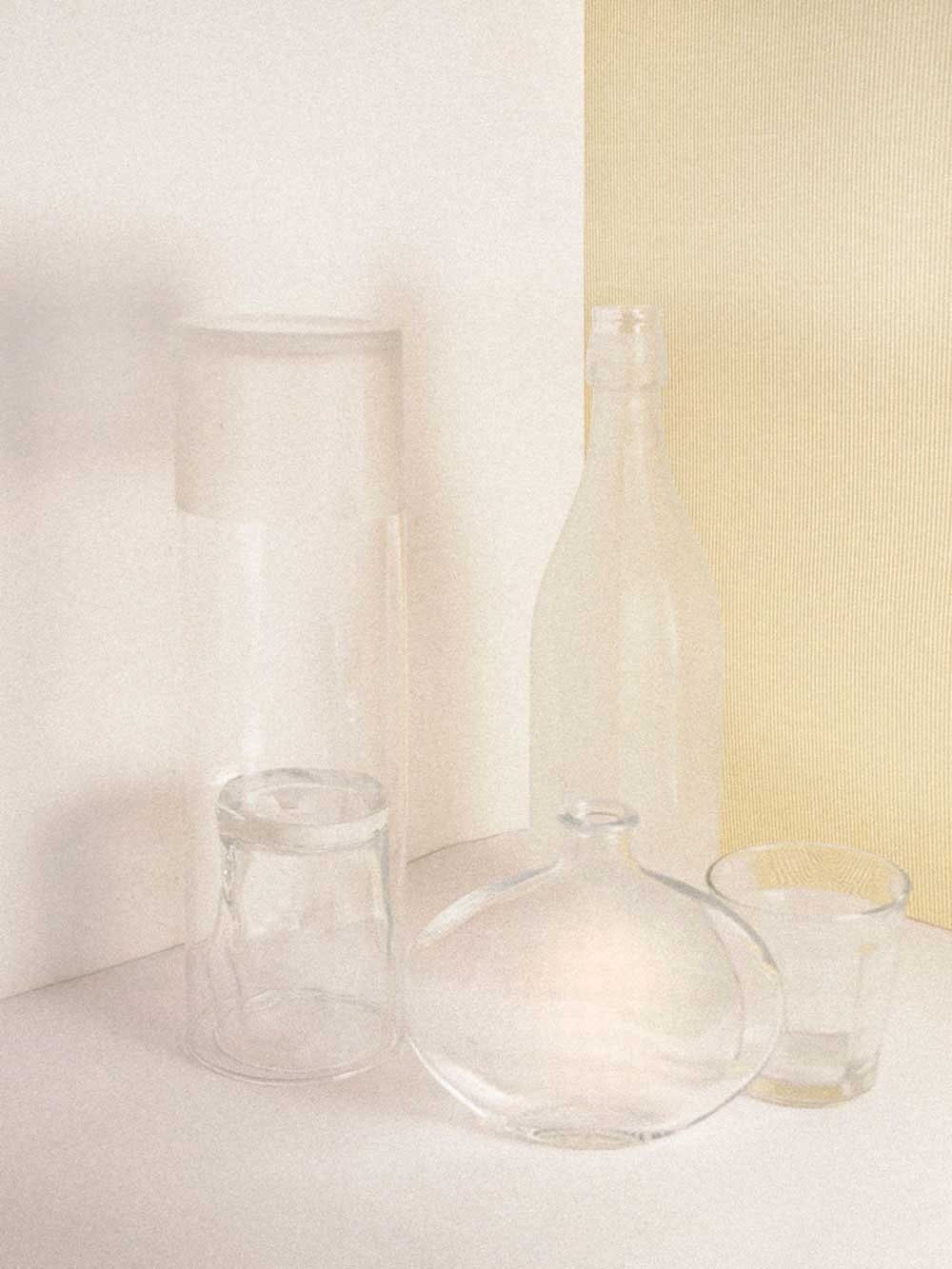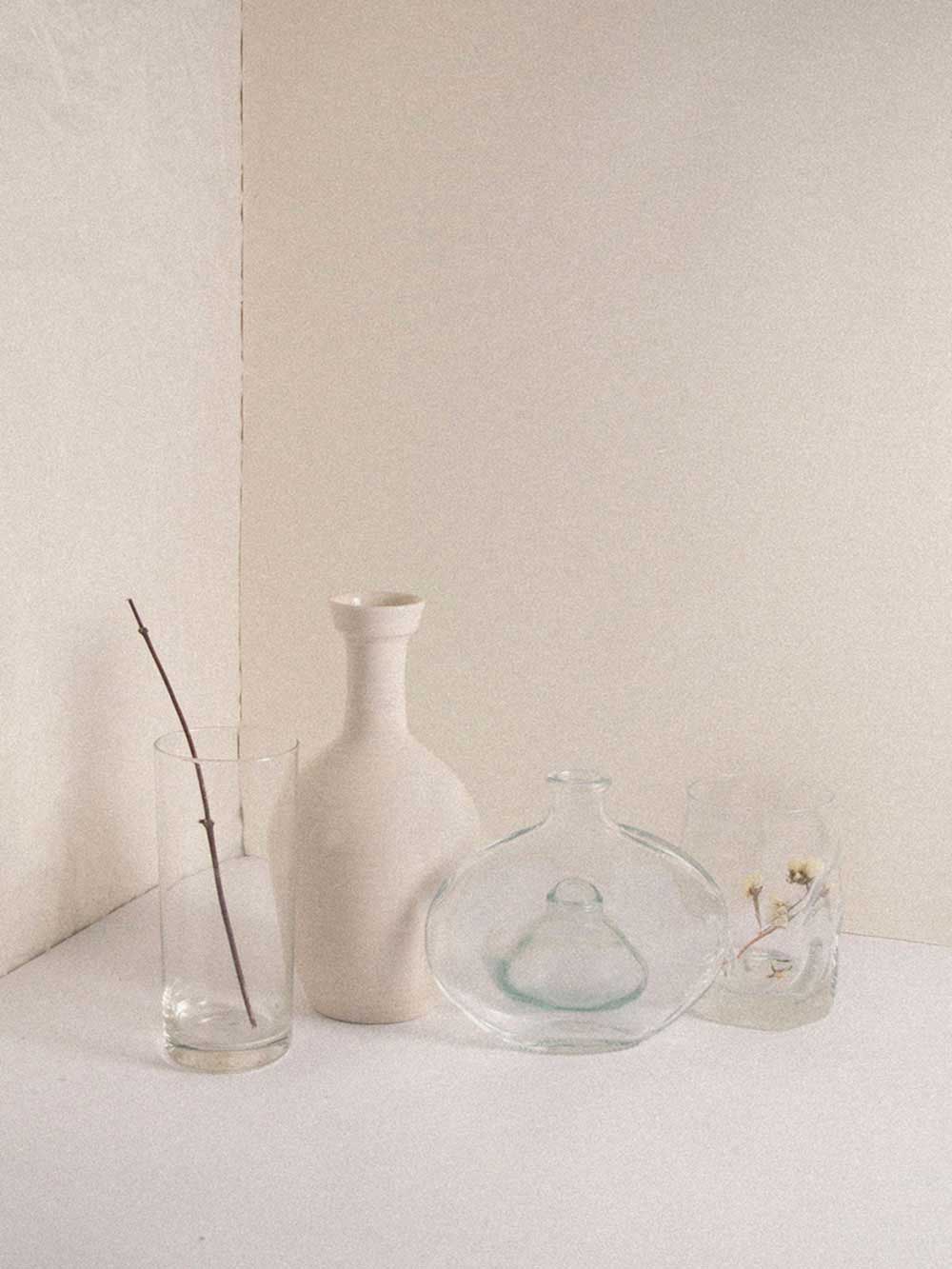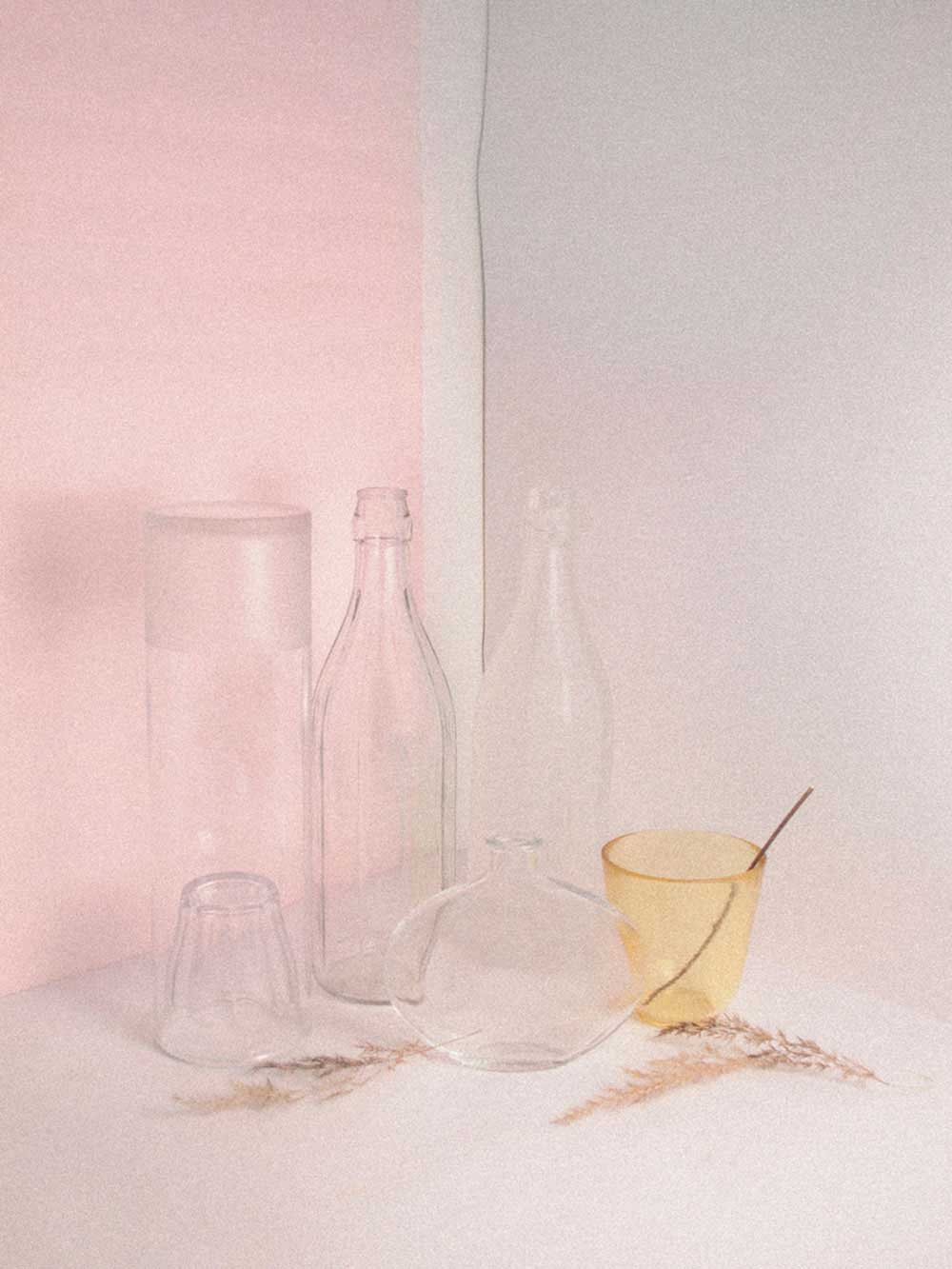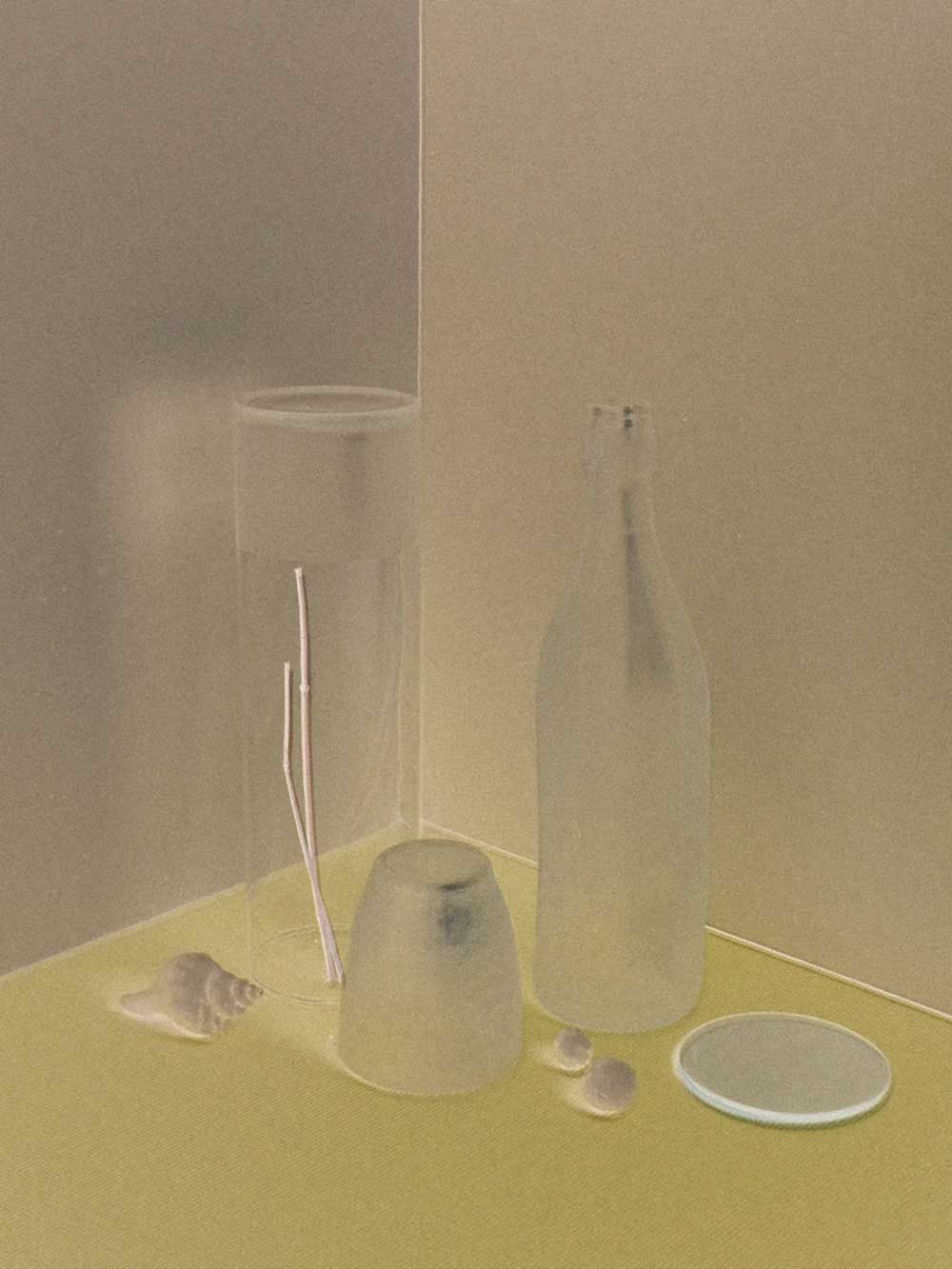In these still lifes I’m going back to work. with pastel colours. they seem to purify the surfaces, light colors make the vacuum merge. The empty spaces have slight contrasts of shape as a value.
I like to deal with this non-pigmentation because its process, it is a ramification of many harmonic elements that allude to a perfect informality. This kind of illumination, in which high and white tones are predominant, spreads positivity and freshness. , However, I “played “with negative spaces . In photography, a negative is an image, usually on a strip or sheet of transparent plastic film, in which the lightest areas of the photographed subject appear dark and dark areas appear light. In this case of color negatives, colors are also reversed into their respective complementary colors. Typical color negatives have an overall dull orange tint due to an automatic color-masking feature that ultimately results in improved color reproduction. Negative space has been used in art, architecture, music, and design. The principles remain the same regardless of the medium. Negative space simply refers to the area that surrounds the main subject or subjects in your photograph. The technique of using negative space effectively is about creating the right relationship between the main subject and a background that almost feels like it is receding .Positive space, on the other hand, refers to the primary subjects of a photograph. Positive and negative space can dance together in a variety of pleasing compositions to create the right effect.
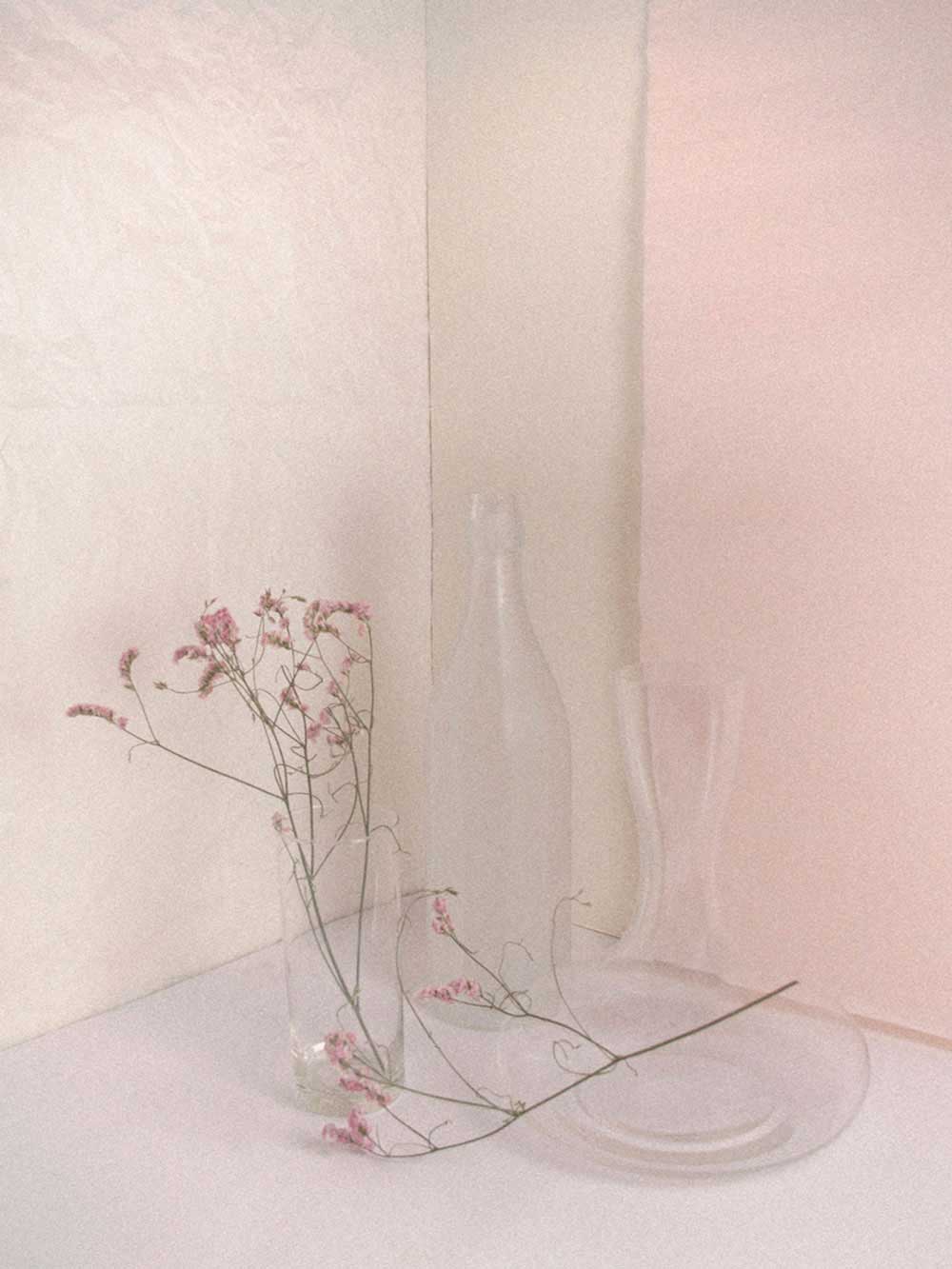
About Stefania Piccioni
Stefania Piccioni was born in Ascoli Piceno, Italia, November 9, 1970, who is the photographer daughter of a photographer father, She Graduate Diploma Photography in 1989 . Photography has been always Stefania’s work and passion. She development of this passion and in 2009, she finally jumped into the art of digital photography. Her shots captures the world as she feel it or imagine it. Her images are captured both in black and white and color creating timeless pictures of her imagination and desires. She had several group exhibitions In Italy: In 2014 she parteciped in the Thirth Biennale of Salento, Lecce. She won the thirth prize for Best photography in b/w ” Mille Modi Di essere Donna” Dream Factory Gallery, Milan 2014. She was selected in 2015 and 2016 editions of the Art Collective “In Contemporary Porcari 2016” – Special Mention sect. Photography 2016 -Porcari (LU) -) -2018 she exhibit in the city of photography, Senigallia, the Della Rovere fortress hosts a photographic exhibition dedicated to the annual acquisitions of the Archive, which since 2015 is located at the Musinf (Municipal Museum of Modern Art, Information and Photography of Senigallia.) The exhibition, organized by Prof. Giorgio Bonomi, offers a vast overview of the photographic self-portraits of Italian and foreign artists. Her Still life and Her self-portraits are part of the photographic archive Musinf- Senigallia (An). Her self Portrait are published in the art book on self-portrait by Giorgio Bonomi, edited Rubettino – Her photographs are part of collections public and private, are published on different Photo Magazine.
